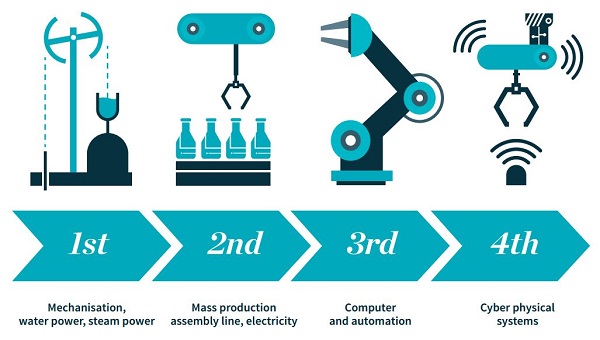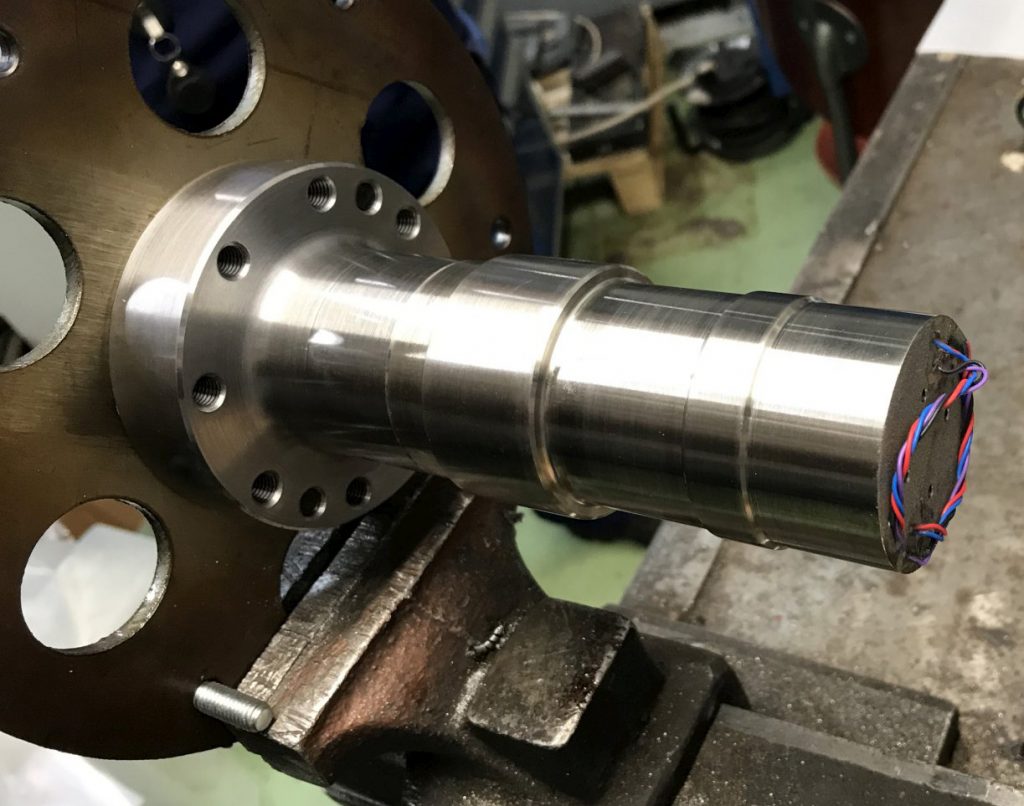Smart metal parts, capable of relaying information about performance, condition and authenticity, have been made using additive manufacturing in a project at VTT Technical Research Centre of Finland.
Made as a demo exploring potential manufacturing technologies, the parts have been dubbed as “the next big step towards artificial intelligence” in machinery.
Additive manufacturing and Industry 4.0
The future of manufacturing, Industry 4.0, is fuelled by the Internet of Things, Cloud Computing, Robotics and Big Data – all working together to develop Smart Factories that self-monitor and free-up human employees for roles that require more engagement.
Though far from seamless at present, many companies are trialling Smart Factory concepts in a bid to stay ahead in the next industrial revolution – an action as recommended by a recent report from KPMG.

Additive manufacturing plays an important role in this new-wave development, as the hardware is “automation ready,” i.e. prepared with in-built sensors, or wireless controls and monitoring, and there is an overwhelming drive to make machines that cater to series production.
NextGenAM is one such smart factory project in development through the collaboration of Premium AEROTEC, a subsidiary of multinational aerospace organization Airbus Group, industrial 3D printing solutions provider EOS and automotive manufacturer Daimler.
The Swinburne University of Technology has its own Industry 4.0 testlab. And Siemens has introduced i-Experience Centers 4.0 across Portugal to help encourage more businesses to think about digital solutions.
VTT Finland’s project fits within the larger umbrella of Industry 4.0 as a potential method of making machines that sense their conditions and can learn from mistakes.
Digital spare parts
Pasi Puukko is Research Team Leader on the project at VTT. A former Research Scientist and Group Leader at KCL biomaterial development laboratory, and later
Senior Research Scientist at VTT, Puukko has over 20 years experience in the industry.
Puukko recently co-authored a report, with other faculty members at VTT and a team at Aalto University, on Digital Spare Parts, which analyzed the competitiveness of 3D printing in the area.
Smart metal components are one of the ways additive manufacturing can outstrip existing technologies making digital spare parts.
Smart parts
A proof-of-concept demo, sensors and smart identification tags were added to metal components during the manufacturing process.
Puukko explains, “During the manufacturing phase, we embedded an accelerometer and the necessary wiring into a 3D printed metal shaft for a friction bearing,
“In addition, electronics allowing wireless communication were installed on the bearing.”

When running the bearing, the team successfully demonstrated an ability to reliably measure the component’s active values, and wirelessly record the data.
“The rapid collection and use of accurate data markedly increase when data is directly transferred from the component to the cloud wirelessly,” he adds.
Puukko believes that the relay of this information, “will enable us to take the next big step towards artificial intelligence.”
To stay up to date with all the latest industrial research news subscribe the 3D Printing Industry newsletter, follow us on Twitter and like us on Facebook.
Vote for research team of the year and more in the 2018 3D Printing Industry Awards now.
Join our 3D printing jobs service for all the latest engineering, marketing, research, and management vacancies.
Featured image shows spinning light sensors on an accelerometer. Photo via VTT Technical Research Centre of Finland.


